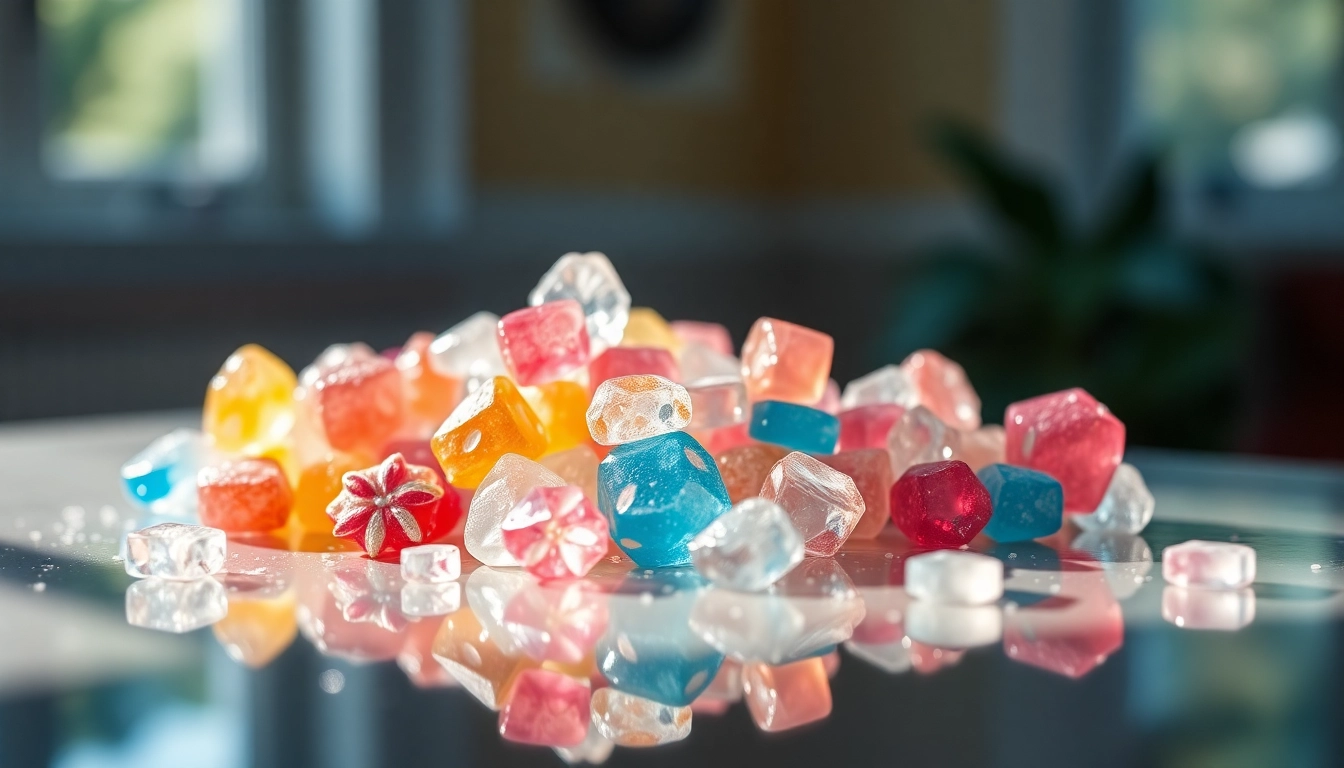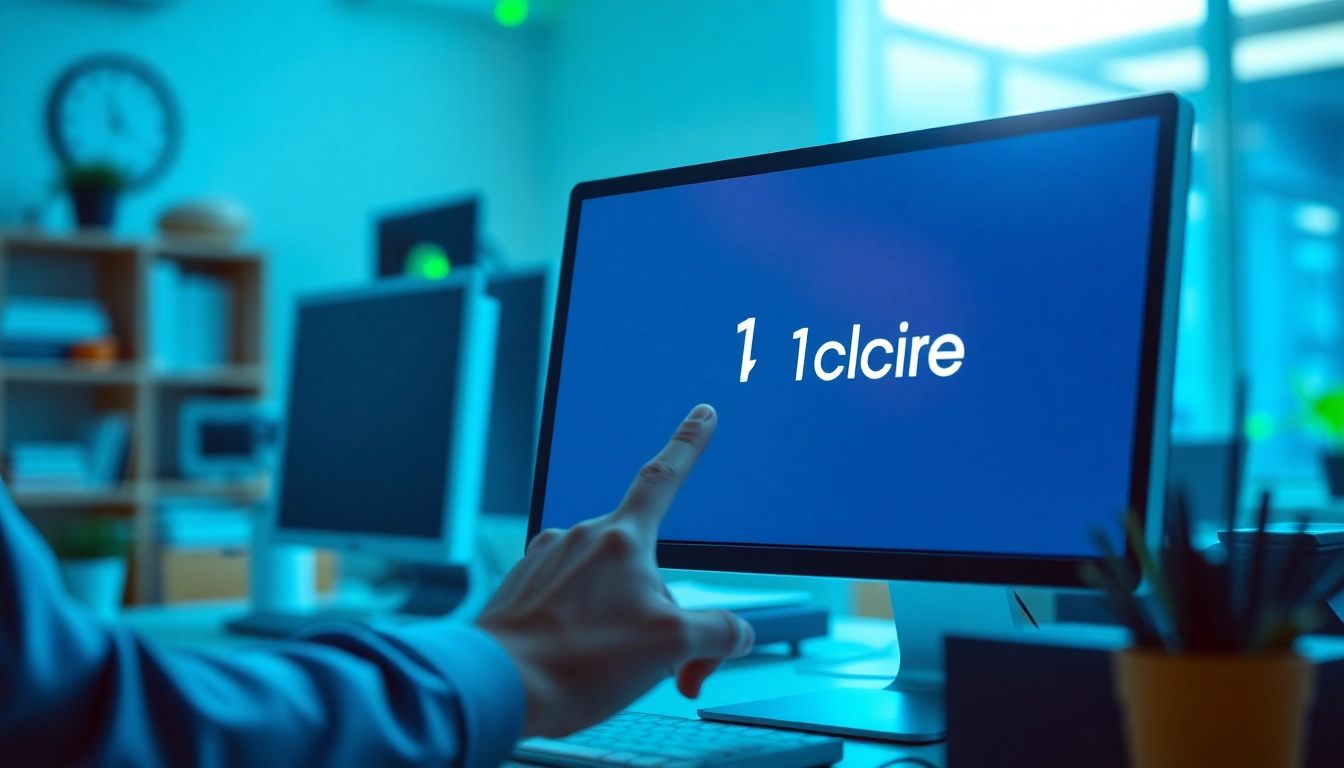The Basics of LED Batten Light Sourcing
Introduction to LED Batten Lights
LED batten lights represent a key advancement in lighting technology, characterized by their linear design and energy-efficient capabilities. These fixtures consist of an elongated housing enclosed with LEDs, capable of providing high-intensity lighting suitable for various applications, including commercial, industrial, and residential spaces. Their adaptability makes them increasingly popular for enhancing illumination in garages, warehouses, and retail environments. The growing trend in the adoption of LED batten lights is closely tied to the need for sustainable lighting solutions that deliver energy savings while maintaining high performance.
Understanding Energy Efficiency
One of the primary selling points of LED batten lights is their energy efficiency. Unlike traditional fluorescent lights, LED technology converts a higher percentage of electrical energy into light rather than heat. This results in a significantly lower power consumption rate, which not only reduces utility bills but also supports sustainable energy initiatives. The energy efficiency of LED batten lights is often highlighted through their lumens-per-watt ratio, which can exceed 100 lumens per watt. Understanding this metric is crucial for anyone involved in LED Batten Light Sourcing, as it directly impacts the total cost of ownership over the fixture’s lifespan.
Key Specifications to Consider
When sourcing LED batten lights, several critical specifications should be evaluated to ensure optimal performance. These include:
- Lumen Output: Gauge the brightness of the fixture, generally measured in lumens. Higher lumens indicate greater brightness, essential for environments demanding robust lighting.
- Color Temperature: Expressed in Kelvin (K), color temperature affects the ambiance created by the light. Options typically range from warm white (2700K) to cool white (6500K).
- Beam Angle: Defines the spread of light emitted by the fixture. A narrower beam angle concentrates light in a specific area, while a wider angle covers more extensive areas.
- Thermal Management: Effective thermal management extends the life of the LEDs. Look for products designed with efficient heat dissipation features.
Determining Your Sourcing Needs
Identifying Suitable Applications
Before diving into sourcing, it’s essential to identify the specific applications suitable for LED batten lights. Common installations include:
- Industrial Settings: Warehouses, manufacturing floors, and logistics hubs often require high-intensity lighting with durability to withstand tough conditions.
- Commercial Spaces: Retail environments and offices benefit from LED batten lights due to their ability to uniformly illuminate workspaces, enhancing both productivity and aesthetics.
- Residential Use: In homes, LED batten lights can be installed in garages, hallways, and basements for efficient and reliable lighting solutions.
Evaluating Performance Metrics
Performance metrics play a vital role in the selection process for LED batten lights. Metrics such as energy efficiency ratings, expected lifespan, and warranty options should be thoroughly considered. Typically, high-quality LED batten lights offer a lifespan of 50,000 hours or more, accompanied by warranties that reflect manufacturer confidence in their product. Implementing industry-standard metrics, such as the Lighting Facts label, can provide clear insight into the performance of lighting products.
Budget Considerations for Sourcing
Budgeting remains a critical factor when sourcing lighting solutions. It’s essential to consider both initial procurement costs and total lifecycle costs, including installation, maintenance, and energy savings. LED batten lights may have a higher upfront cost compared to traditional options; however, their long-term savings on energy and replacement costs often outweigh these initial expenditures. A thorough cost-benefit analysis should be performed to ensure that the chosen products align with financial constraints while providing adequate quality and performance.
Finding Reliable Suppliers for LED Batten Light Sourcing
Criteria for Selecting Suppliers
Identifying reliable suppliers is integral to a successful LED batten light sourcing experience. Consider the following criteria when selecting potential suppliers:
- Reputation: Research suppliers through customer reviews, industry ratings, and reports. A solid reputation often correlates with product quality and service reliability.
- Product Range: A comprehensive product offering allows sourcing of various specifications that might be necessary for diverse applications.
- Customer Service: Consider suppliers that offer excellent pre-sale and post-sale services for a smoother purchasing process.
- Expertise: Suppliers with specialized knowledge in LED technology can better support sourcing decisions with informed recommendations.
Top Platforms for Sourcing
Several platforms excel in offering a wide variety of LED batten lights. E-commerce sites, wholesale distributors, and specialized lighting suppliers provide valuable options to consider during the sourcing process. Evaluating cost, delivery terms, and certification validity on these platforms is critical before finalizing any wholesale order.
Assessing Supplier Credentials
When sourcing LED batten lights, ensure that suppliers can provide relevant credentials, such as certifications for energy efficiency, safety standards, and product performance. Certificates from recognized organizations help in verifying the authenticity and reliability of the products. Trade associations can also serve as excellent resources for assessing the credibility of suppliers in the lighting industry.
Quality Assurance in LED Batten Light Sourcing
Testing Efficiency and Longevity
Quality assurance is paramount in the product selection process for LED batten lights. Rigorous testing must be employed to evaluate the efficiency and longevity of the fixtures. Key testing methods include:
- Illuminance Testing: Measure the light output of the fixture under various conditions to ensure compliance with industry standards.
- Thermal Testing: Assess the fixture’s performance in temperature extremes, which can impact efficiency and safety.
- Durability Testing: Evaluate resistance to environmental factors such as humidity and dust to ensure longevity in varying applications.
Importance of Certifications
Certifications serve as essential proof of a product’s quality and performance. Look for products that bear certifications such as Energy Star, UL (Underwriters Laboratories), or CE. These labels signify adherence to specific safety and performance guidelines, providing buyers assurance about the product quality in their sourcing decisions.
Customer Reviews and Feedback
Leveraging customer reviews and feedback can significantly inform sourcing decisions. Platforms that showcase customer experiences can provide insights into real-world performance, reliability issues, and the overall satisfaction level of prior buyers. Encourage sharing of practical experiences to create a well-informed perspective on product quality.
Future Trends in LED Batten Light Sourcing
Innovations in Lighting Technology
The lighting industry is undergoing rapid transformations driven by technological advancements. Trends such as smart lighting integration, IoT connectivity, and adaptive lighting controls are becoming increasingly influential. These innovations present opportunities for sourcing stakeholders to incorporate higher functionality and energy efficiency into their lighting strategies.
Impact of Sustainability on Sourcing
Sustainability concerns are reshaping sourcing practices in various industries, including lighting. Consumers are now more inclined to favor energy-efficient and environmentally friendly solutions. As a result, sourcing strategies must encompass considerations around the lifecycle impact of lighting fixtures, from production to disposal. Switching to manufacturers who prioritize sustainable practices can enhance a company’s branding and appeal in the market.
Adapting to Market Changes
Market preferences and regulations surrounding energy efficiency are continually evolving. Staying in tune with market trends, regulations, and consumer preferences ensures that sourcing strategies remain relevant and effective. Regularly assessing market conditions and adapting sourcing practices accordingly positions companies to benefit from a competitive advantage.



